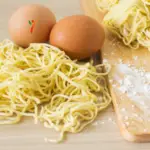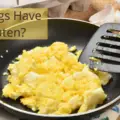Pasta originated from Italy but certainly made a reputation for itself in many countries. Nobody can say no to a classic pasta dish, whether it's traditional Bolognese or baked pasta—nobody except maybe those trying to go gluten-free and need to look out for gluten-containing ingredients.
Typical egg noodles come under the gluten-filled recipe. Since most noodles are made from flour, consuming egg noodle dishes might be troublesome for gluten-free dieters. We've got a basic, easy-to-follow recipe for gluten-free egg noodles that you can make for yourself and your loved ones.
Egg Noodles and Pasta- The Difference
Egg noodles and pasta are pretty much the same, but one thing distinctively separates the two. As the name suggests, egg noodles have eggs as their main constituent. Meanwhile, pasta has a relatively lower proportion of eggs. Some kinds of pasta are made entirely without the use of eggs.
Hence, egg noodles can easily replace pasta in various dishes with a slight touch of an egg taste. But the difference in taste is hardly significant, making it an easy swap-around if you're short on pasta.
Gluten in Egg Noodles

I hate to tell you, but traditional store-bought egg noodles will contain gluten in them. Since egg noodles commonly make use of whole-wheat flour, they're bound to have gluten. However, you can still eat egg noodles. It's easy to swap whole-wheat flour with gluten-free flour.
Most companies are already doing so to make their egg noodles safe for those on a gluten-free diet. But sadly, cross-contamination risk is still a factor that comes into play. For this reason, you should be aiming at making homemade gluten-free egg noodles- nutritious, delicious, and entirely gluten-free!
The Science Behind Substituting Flour
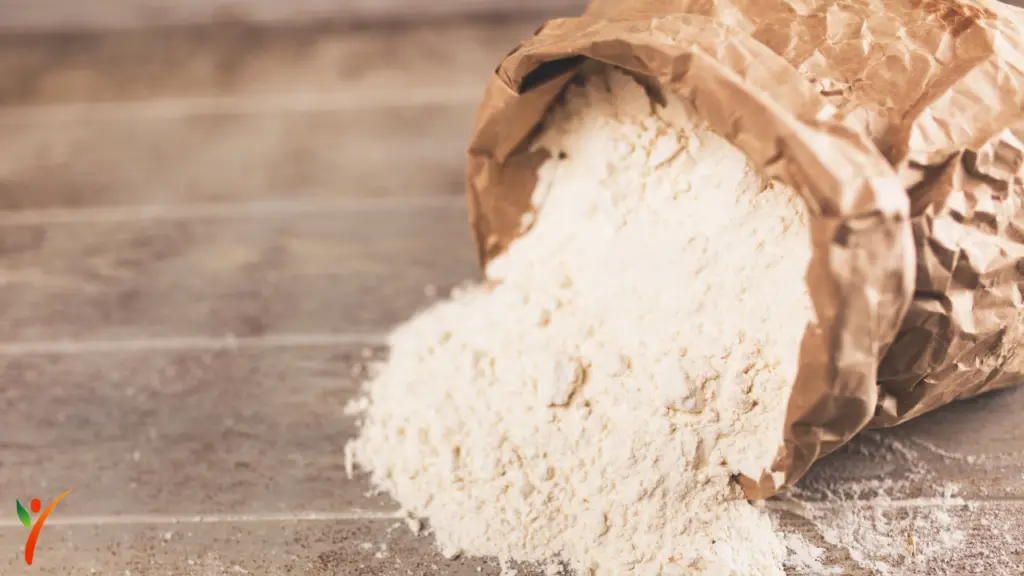
The key ingredient in the usual recipe of egg noodles, which contains gluten, is flour. Substituting the wheat-based flour with gluten-free flour can make your recipe gluten-free.
Choosing a gluten-free flour brand is integral, as not all flour gives the same texture. Look for ease and go for 1-to-1 cup for cup or measure for measure all-purpose gluten-free baking blends. These already contain gluten-free flour, gum, and starch. We recommend Bob's Red Mill 1:1 Gluten-Free Flour Blend as it already contains xanthan gum, gluten-free flour, and starch.
You can also try any other brand but check whether it has xanthan gum. Add 1/2 a teaspoon if it is missing. By mixing organic brown rice flour, white rice flour, sweet rice flour, and gluten-free tapioca flour, you can also make your own. You can also add organic guar gum to your homemade gluten-free flour blend version.
Setting the Dough Right
After whisking the mixture of flour and eggs, you need to keep an eye on the dough. If the dough formed is too dry, it'll break instead of staying in shape. But, if the dough is too wet or sticky, it'll start creating complications and will make things messy. Don't worry, though, because this recipe is super hard to mess up, even if you try to.
Adding too much flour makes the dough extra hard and dry. Worry not; you can easily adjust it by either adding another egg yolk or adding nut milk. Make sure you're adding 1/4th teaspoon of nut milk at a time until the texture is okay. If it's too wet and keeps sticking, add a tablespoon of flour.
Pasta Machine- Is it Recommended?
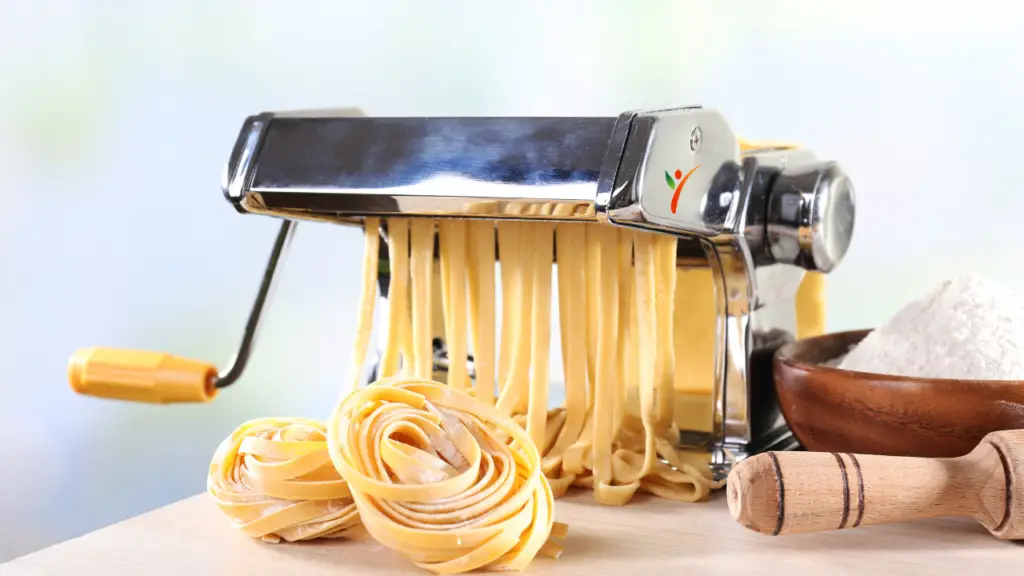
A pasta machine can work to get even strips of egg noodles. Plus, it also saves the hassle of cutting with a knife or a pizza cutter. The only drawback of a pasta machine is that it'll stick if the dough is even a little too wet. Simultaneously, if the dough is even a little too dry, it'll start breaking in the machine.
However, a remedy can prevent the dough from sticking. Flour the dough a little, and you'll get your even slices of egg noodles. These egg noodles can also adhere to your work surfaces. Upon applying flour, these surfaces will prevent the dough from sticking.
Storing Your Egg Noodles
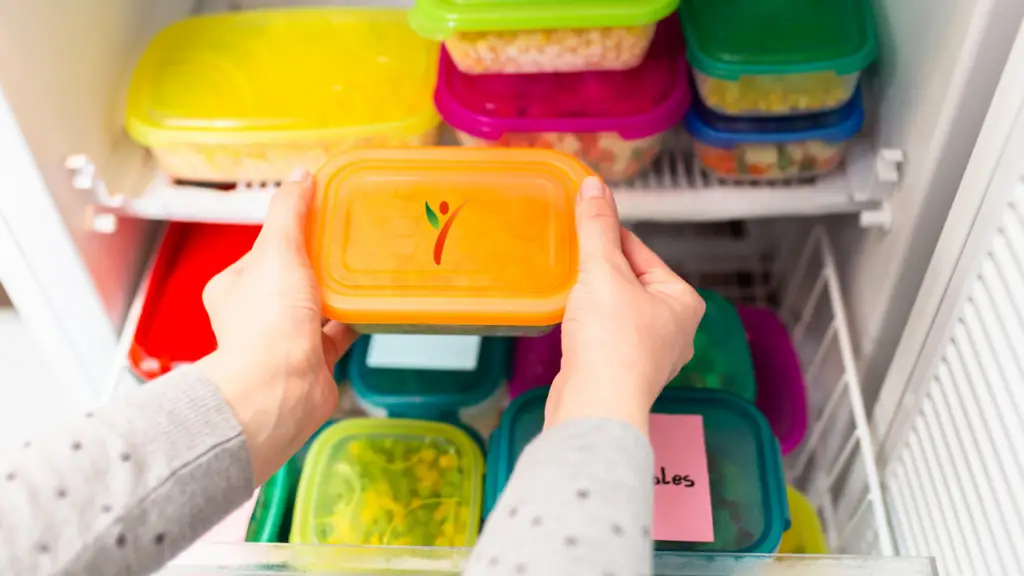
We all love to open the freezer and see something delicious on hand on a hectic night. And what else to have than a tasty bowl of egg noodles. Make an extra batch while cooking the next time and store them. You can use zip-lock bags for this purpose and freeze the noodles for up to 3 months for convenience.
It is best to eat the egg noodles right away, as they don't last long in the refrigerator. You may thaw them with the help of a low power microwave. It is also perfectly acceptable to let the noodles soften naturally.
You can even put the noodles straight into boiling water without thawing. It will only take an additional 10 minutes while cooking. The sauce you prepare, along with the recipe, can also be frozen along with the noodles.
Along with freezing, you can store your egg noodles for later use by drying them. You may put them in airtight boxes, bags, or containers once they're dry and keep for about a month.
How to Avoid Clumping?
While cooking, if you add too many noodles to the stockpot, they will start clumping together instead of cooking separately. Therefore, add small amounts of noodles to provide them with the space they need for proper cooking.
Sauces to go with egg noodles
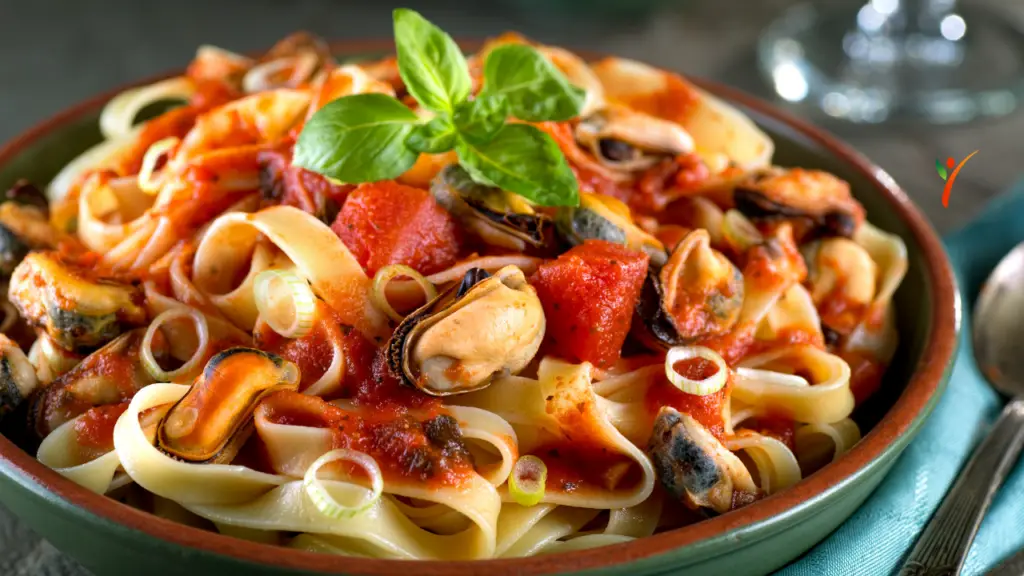
To give your egg noodles a little of that extra edge, try serving them with different sauces. For starters, go with Roasted Red Pepper Pasta Sauce or a Green Garden Sauce. There's even a solution if you don't want the heaviness of a sauce on your egg noodles.
You won't regret tossing the noodles with olive oil sauteed with lemon, garlic, and chopped parsley. Tossing jarred marinara also goes well with this dish. A tomato sauce bursting with herbs never disappoints, and the meaty ragu is a family favorite.
What to make with Egg Noodles?
Egg noodles are the excellent go-to ingredient if you're experimenting with flavors in the kitchen. Lasagna, seafood, beef mince, even plain veggies; egg noodles can accompany each of these divinely. Make large sheets of egg noodles to swap the typical noodles in baked lasagna.
When topped with onions, chicken, or mushrooms, egg noodles can form a yummy base for a creamy Alfredo. Using thin strips of linguine always works well while making seafood linguine for supper.
Other Options for Gluten-Free Egg Noodles
A vast majority of Asian-made noodles are considered gluten-free. Most Asian-made noodles use rice, instead of wheat, as the principal ingredient, which is gluten-free. Noodles made from mung beans, quinoa, maze, and even sweet potatoes are naturally gluten-free.
Conclusion
Now that we've established that most egg noodles contain gluten. We won't keep you any longer. We have the most delicious gluten-free egg noodle recipe. They're not only yummy but also very filling, especially if you're on the run. The best part? No one will know that these egg noodles are entirely gluten-free!
Gluten-Free Egg Noodle Recipe

4 servings
25 minutes
Ingredients:
- 5 eggs (4 eggs, 1 egg yolk)
- 2 cups gluten-free flour blend
- Pinch of salt
Tools:
- Rolling pin
- Whisk
- Pasta machine- if not available, a knife or pizza cutter
- Spatula
- Stockpot
Directions:
- Assemble all these easy-to-find ingredients.
- Add a pinch of salt to the gluten-free flour.
- Add the eggs to the mixture of gluten-free flour and salt, and whisk them together with the help of a fork or a whisker.
- Keep whisking to form a well combined, slightly sticky dough, which should hold together when pressed into a ball.
- Instead of using all the dough, cut the ball into four equal pieces for your ease, and continue the following procedure on each of the pieces one at a time. Smaller sections of dough are relatively easier to work with.
- With a rolling pin, roll out one portion of the dough as thin as possible.
- Use a pasta machine to cut the dough into even strips. You may also use a pizza cutter or a knife for this purpose. If you go for the latter option, fold the rolled-out dough to get slices about 1/2 inch long.
- Repeating this for the remaining three portions of dough.
- Boil water in a stockpot.
- Drop the strips of the egg noodles gently into the stockpot and cook for roughly 2-5 minutes. This time depends on the thickness of the noodles. If they are thin, they'll be ready in no less than 2 minutes, but it'll take 5 minutes to cook thicker noodles thoroughly.
- Drain the water.
- Your egg noodles are now ready to serve.
The owner of this website, HealthYeahLife.com, is a participant in the Amazon Services LLC Associates Program, an affiliate advertising program designed to provide a means for sites to earn advertising fees by advertising and linking HealthYeahLife.com Review to Amazon properties including, but not limited to, amazon.com.
Gluten-Free Recipe for Egg Noodles
Ingredients
- 5 Eggs (4 eggs, 1 egg yolk)
- 2 Cups Gluten-free flour blend
- Pinch Salt
Instructions
Tools Needed:
- Rolling pin
- Whisker
- Pasta machine- if not available, a knife or pizza cutter
- Spatula
- Stockpot
Directions:
- Assemble all these easy-to-find ingredients.
- Add a pinch of salt to the gluten-free flour.
- Add the eggs to the mixture of gluten-free flour and salt, and whisk them together with the help of a fork or a whisker.
- Keep whisking to form a well combined, slightly sticky dough, which should hold together when pressed into a ball.
- Instead of using all the dough, cut the ball into four equal pieces for your ease, and continue the following procedure on each of the pieces one at a time. Smaller sections of dough are relatively easier to work with.
- With a rolling pin, roll out one portion of the dough as thin as possible.
- Use a pasta machine to cut the dough into even strips. You may also use a pizza cutter or a knife for this purpose. If you go for the latter option, fold the rolled-out dough to get slices about 1/2 inch long.
- Repeating this for the remaining three portions of dough.
- Boil water in a stockpot.
- Drop the strips of the egg noodles gently into the stockpot and cook for roughly 2-5 minutes. This time depends on the thickness of the noodles. If they are thin, they'll be ready in no less than 2 minutes, but it'll take 5 minutes to cook thicker noodles thoroughly.
- Drain the water.
- Your egg noodles are now ready to serve.


